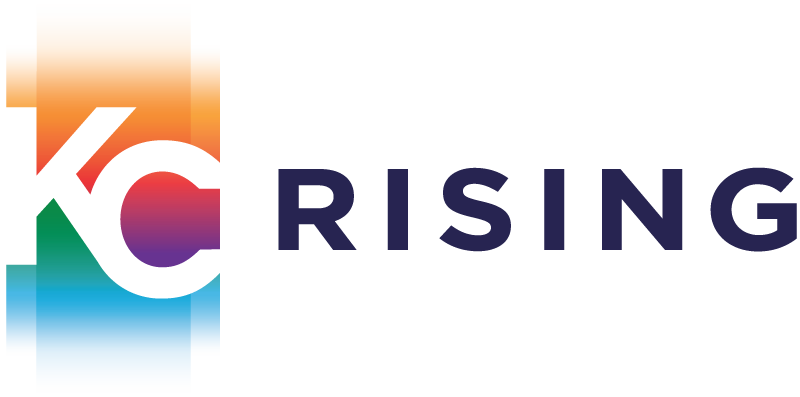Since its inception, KC Rising has promised a focus on measurable outcomes. We want more than just ideas and talk about our regional economy — we want proof that we’re making progress. The KC Rising Steering Committee set an ambitious goal for the Kansas City metropolitan area to reach the top 10 among its peer metros in gross domestic product (GDP), quality jobs and real median household income by 2035.
How will we document our progress? For the last few months, a subcommittee of our analytics workgroup has been exploring a “balanced scorecard” model developed for a corporation to see if it can be adapted for use in this civic initiative. To use this model, the analytics team viewed the KC Rising initiative from a business perspective, putting it in context as a fictional $200 billion multi-national corporation called KC, Inc.
The balanced scorecard approach seeks a balance among four competing voices that affect business operations: finances, customers, processes and people. Modified for KC Rising, the scorecard attaches metrics to each of these to connect the initiative’s “Big Dot” goals with measurable data, set clear targets and monitor actual performance.
- In a business, the Finance voice seeks increased production and sales. For KC Rising, that means increased trade and productivity, which can be measured by GDP.
- The Customer wants greater availability of high value goods and services. At the regional level, we might measure how we’re serving our national and global customers by monitoring exports of the goods and services we produce here in the Kansas City metro.
- The Process determines how a business delivers its goods and services to customers. To bring about change at the regional level, that will require more innovation and entrepreneurship, which we can measure using data such as the firm churn rate.
- People want a higher standard of living. For KC Rising, that means a talented workforce with access to quality jobs and increased household incomes — two data points that can be measured at the regional level.
In order to set targets for each goal, the analytics team looked at how our 30 peer metros rank today, and where they will be in 10 years if growth continues following past trends. Comparing Kansas City’s current ranking to where we want to be — in the top 10 — we can calculate how fast we need to grow. For example, to reach the top 10 in GDP, the Kansas City metro needs to grow and an annual rate of 2.57 percent, significantly greater than our current growth rate of 1.65 percent. Similarly, we can calculate how fast we need to grow real median household income to reach our goal (1.69 percent annual growth) and compare to our current rate (0.69 percent).
The analytics team has proposed that each of KC Rising’s three workgroups — focused on the economic drivers of trade, human capital and innovation/entrepreneurship — establish measures and targets for goals using the balanced scorecard model.
